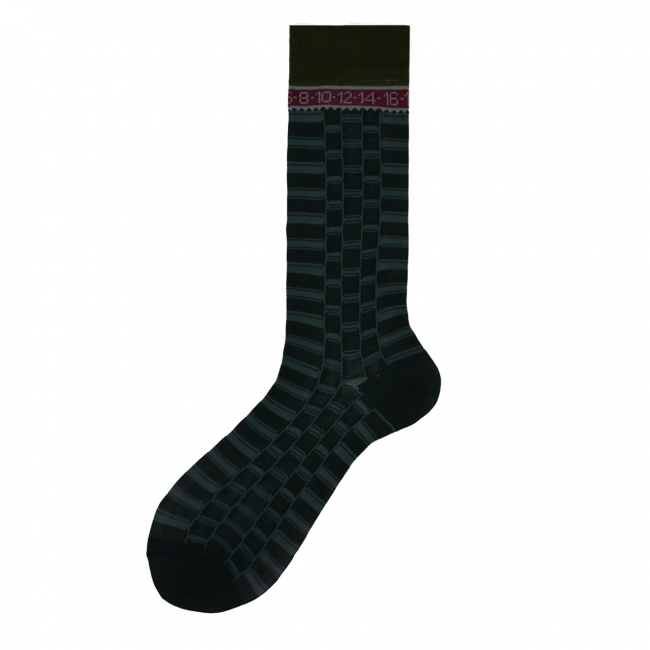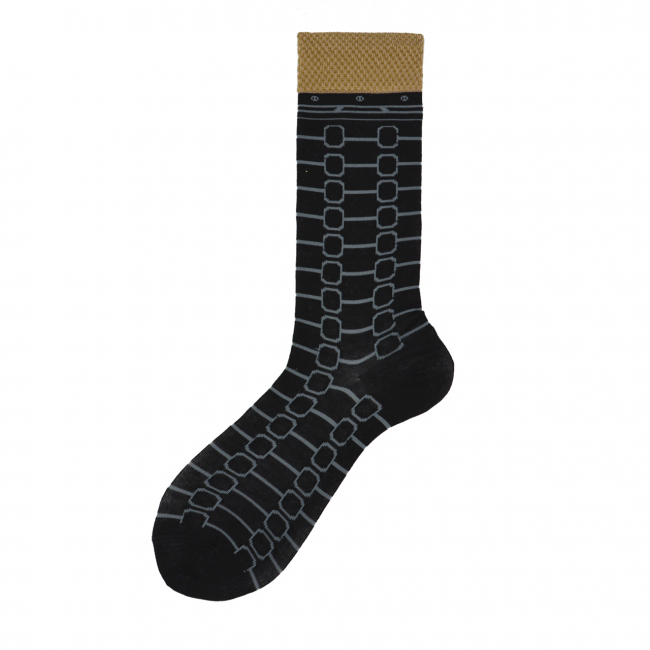
Time was and is a continuous flow, but to build the clock it was necessary to interrupt it, to make it a succession of fragments: the units of time that we now call minutes and seconds. But let's take a step back, in the tenth century Europe was worth little in terms of technological skills, an area in which two other civilizations dominated: the Chinese and the Islamic. In fact, in the Chinese empire, one of the most perfect watches of that time was made. Over the years, in the monasteries there was the need to develop mechanisms that helped the monks to know precisely the hours of prayer, and it is in this context that we must imagine the birth of the first mechanical clocks around the year one thousand. The more the years passed, the more there was the phenomenon of miniaturization, where from larger and larger mechanisms we passed to smaller and smaller, instead of weights springs were installed, and we saw how from the bell towers slowly there were clocks in the houses, then on the sideboards and finally in people's pockets, arriving today where these watches are put on the wrist.
These watches became a status when it was certain to be able to use increasingly precious materials raising the value, putting a stake between those who could afford this type of objects and those who could not. One of these was Rolex, the first brand to use increasingly sophisticated and expensive materials, making the difference compared to other watch brands.

From this moment on, the luxury watch market has continued to expand without brakes, up to the present day.
Today there are several very famous manufacturers on the market, in addition to Rolex we name Audemars Piguet, Omega and Patek Philippe.
And as with any self-respecting luxury object, fashion over the years has begun to draw inspiration from these accessories also with regard to clothing.
We at Alto Milano after an in-depth analysis of what revolved around this phenomenon wanted to create a new capsule collection that referred to the world of watchmaking, inspired by two iconic models: the Rolex GMT Master and the Audemars Piguet Royal Oak. These two models are loved by collectors and enthusiasts around the world for their distinctive design and craftsmanship, and considered timeless.
The Rolex GMT Master is an icon for frequent travelers and world explorers. With its dual-time dial and unmistakable design, this watch inspired an extraordinary sock, the Zigg. Its distinctive color scheme, with the classic red and blue dial, placed at the beginning of the leg under the wrist, is reproduced in an elegant and refined way on the sock. Its intricate texture, which represents the strap, recalls the sophisticated aesthetics of the GMT Master, making this sock a true homage to the watch.
On the other hand, the Audemars Piguet Royal Oak is a mechanical work of art, with its bold and sporty design. Its hexagonal case, revived as the wrist of the sock, the eight-screw bezel, placed between the wrist and leg, and the "Grande Tapisserie" dial have become distinctive features of the brand. Inspired by this aesthetic, our artistic director Giulia Baratti, has created a sock that captures the elegance and grit of the Royal Oak, the Graves. The texture of the sock also represents the strap, while the use of metallic colors and bright accents recalls the shiny finishes and details of the screws on the watch.
The socks inspired by the GMT Master and the Royal Oak are not only distinguished by their design, but also by the attention to detail and quality of materials. Made with fine threads, these socks offer comfort, durability and a touch of luxury. Every detail, from elasticity to texture, has been designed to ensure a perfect and durable fit.

Wearing these luxury socks is a way to express your passion for watchmaking and sophisticated aesthetics. Whether you are a watch collector or simply a fashion enthusiast, these socks are a stylish addition to your wardrobe.


